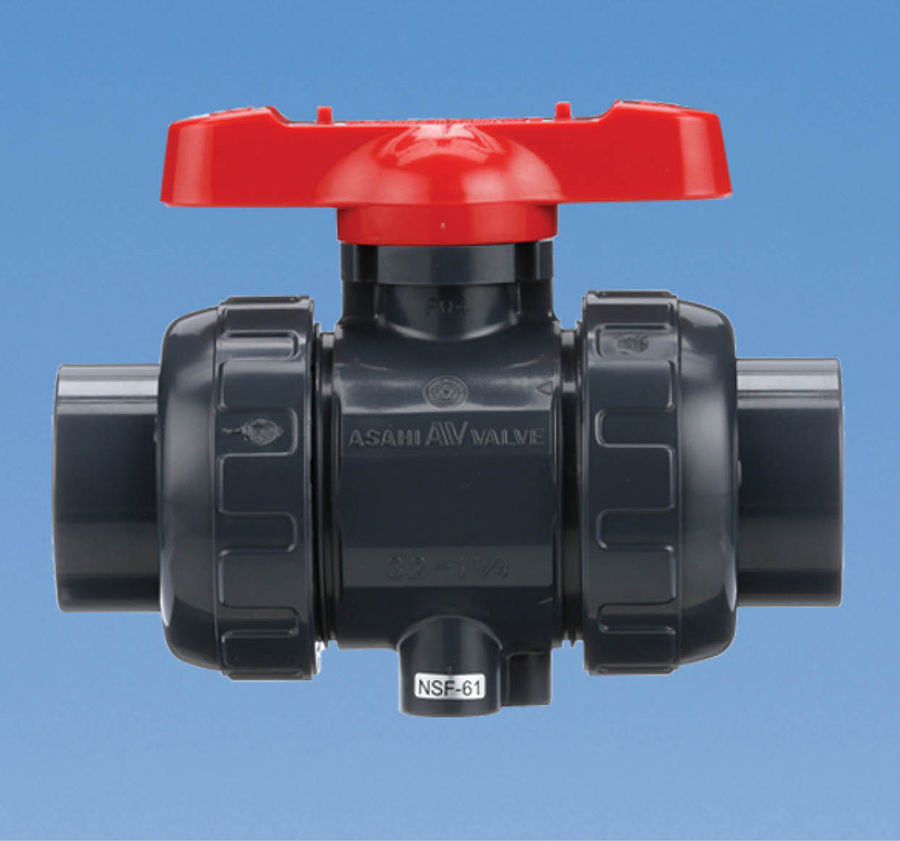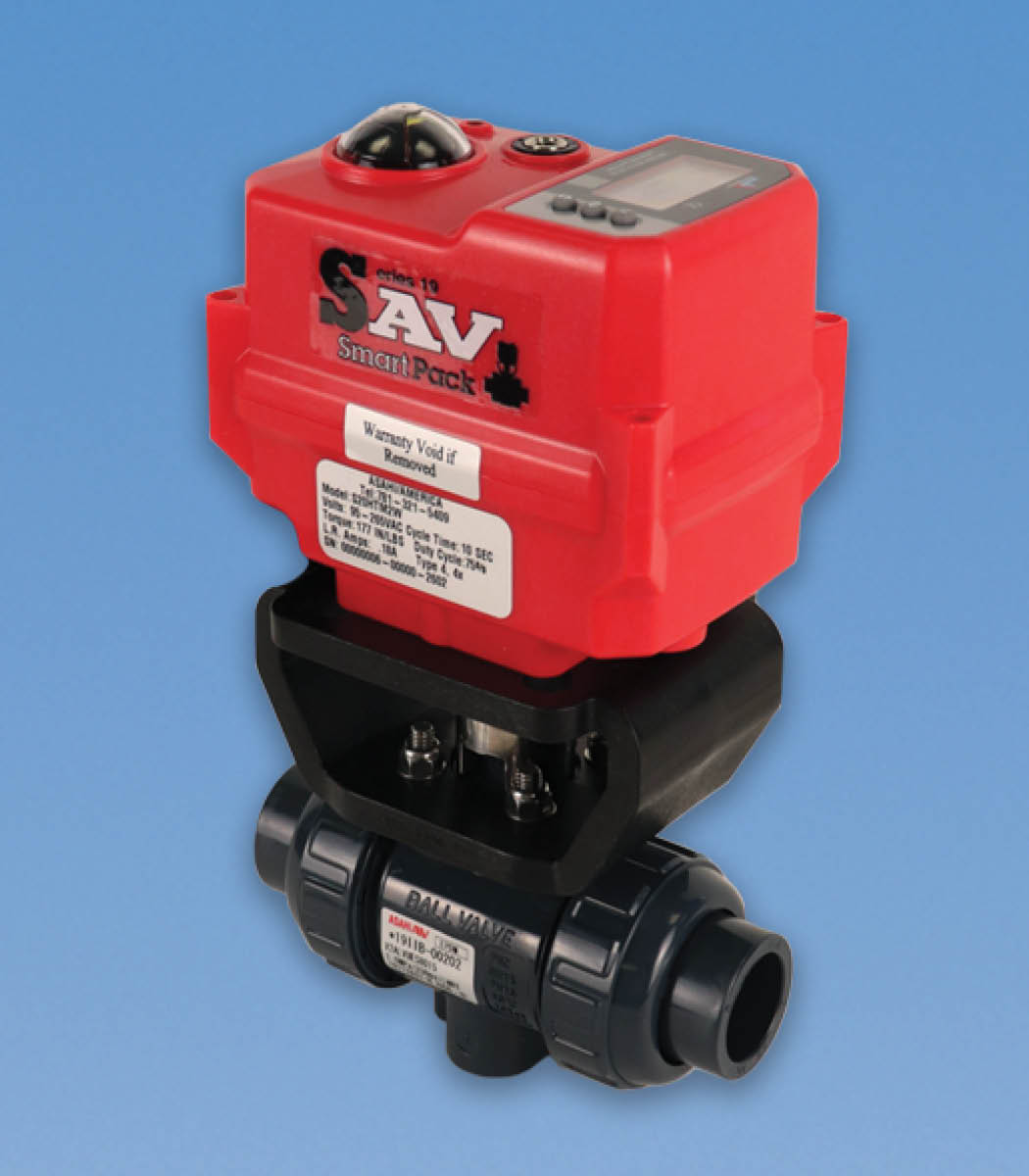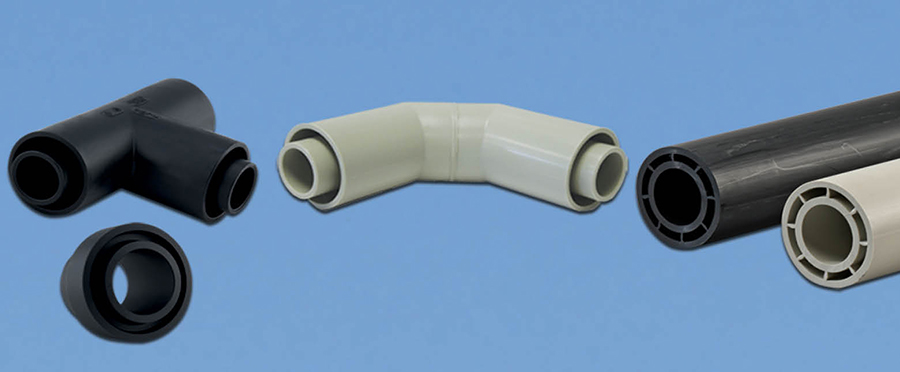ue to its inherent advantages, performance plastics are utilized in a wide range of applications in the food and beverage industry. These applications include the transport of drinking water, wastewater and chemicals. Replacing stainless steel process components such as piping, valves, filter housings and tanks with plastics, is becoming more common as the benefits of plastics become more recognized in various industries.
For example, commercial craft brewers have used plastic vessels for fermentation as an economical alternative to stainless steel. A fermenter, in regards to brewing beer, is a vessel that brewers use to convert wort into alcohol. Wort is the mixture of water and grains that has been boiled by the brewer. Fermentation is carried out by adding yeast to the wort.
Plastics have also been used in yeast recovery systems as part of the beer brewing process. Yeast from one fermentation needs to be recovered and used to manufacture the next. High density polyethylene (HDPE) has been used as a replacement for stainless steel in yeast recovery systems. HDPE is an excellent choice for this application given its material properties and advantages it offers over stainless steel.
Low cost: HDPE material cost, including pipe and molded fittings, are less expensive than stainless steel.
Light-weight: HDPE materials are lighter weight than stainless steel, resulting in lower shipping costs and less labor-intensive installation.
Resistance to microbial contamination: HDPE has antimicrobial properties, making it an ideal choice over stainless steel.
NDF-61 Certified: HDPE is NSF-61 certified, so it is safe for potable water applications.
Corrosion resistance: HDPE is chemically resistant, abrasion resistant, compatible with salt water and will not rust, scale, pit or corrode.
Chemical compatibility: HDPE offers similar or better chemical compatibility as compared to stainless steel.
HDPE pipe and fittings can be joined by thermal fusion to create application specific pipe spools. Thermal fusion welds form leak-free joints, which are as strong, or stronger than the pipe. Pipe spools can be further integrated into higher level skid assemblies as shown in Picture 1.
Thermoplastic valves, such as ball, butterfly, check and diaphragm valves, are also installed in food and beverage processing. Valves are offered in a variety of body materials to suit specific applications. Commonly used thermoplastic materials include PVC, CPVC, PP and PVDF.

Picture 1: An example of yeast recovery skid assembled by Asahi/America, Inc. with HDPE pipe spools. The skid is installed in a brewery in the northeast U.S.
In craft beer brewing, PVC ball valves provide an economical solution and offer excellent corrosion resistance. Ball valves are typically quarter turn valves with hyperbolic flow characteristics, low pressure drops, and reliable sealing. They utilize a rotary ball with a bore, where turning the ball a quarter turn, can stop the flow of a fluid and are widely used in on/off applications. Ball valves are excellent for use in clean fluid service applications with very little to no suspended solids. Valves with a true union design can be lifted from the line without having to move the piping simply by loosening union nuts. Cost of ownership is further enhanced as the valves can be disassembled and updated with replacement parts.

Picture 2: Asahi/America Inc. Type-21/21a ball valve with true union design
Actuation: Ball valves and butterfly valves also have the option to be pneumatically or electrically actuated. Actuators remotely control the opening and closing of valves for increased automation and process efficiency. In the food and beverage industry, pneumatic and electric actuators are the primary types of actuation methods used. Pneumatic actuators are powered by compressed air, while electric actuators are powered by a motor and gear train. Electric actuators are frequently used for ball valve automation. Electric actuators are powered by a motor and when supplied with voltage, it engages a gear train which produces the torque necessary to open/close the ball valve. Electric actuators provide an energy-efficient, clean and quiet method of valve control. Actuators can be bought and assembled with a valve as a package, or as a separate unit and added onto an existing quarter-turn valve.
Dual containment piping systems provide an additional safety factor for caustic chemicals. The internal pipe is referred to as the carrier pipe and the external pipe as the containment pipe. Dual containment piping protects against the remote chance of a leak in the carrier pipe transporting the chemical. Options including leak detection can also be incorporated.

Picture 3: Asahi/America Inc. Type-21 ball valve with Series 19 electric actuator
They offer many benefits compared to stainless steel including low cost, corrosion resistance and chemical compatibility.
